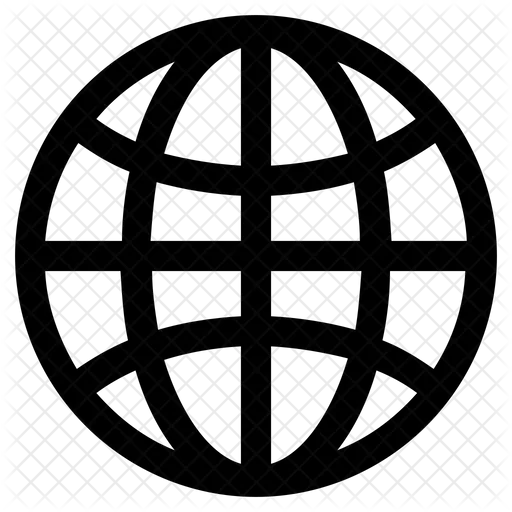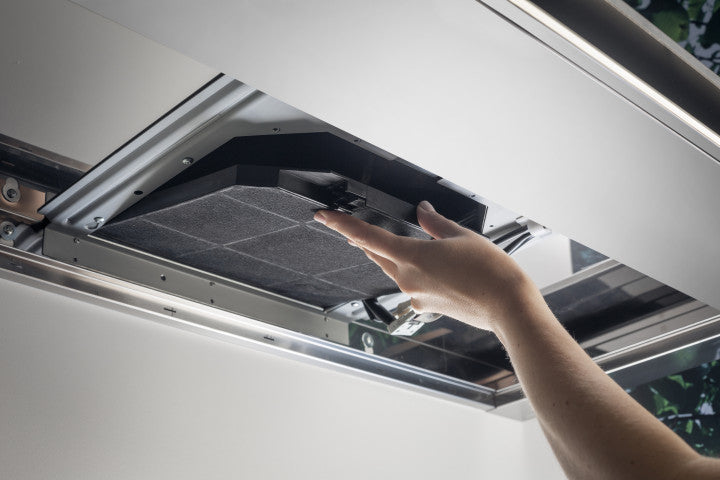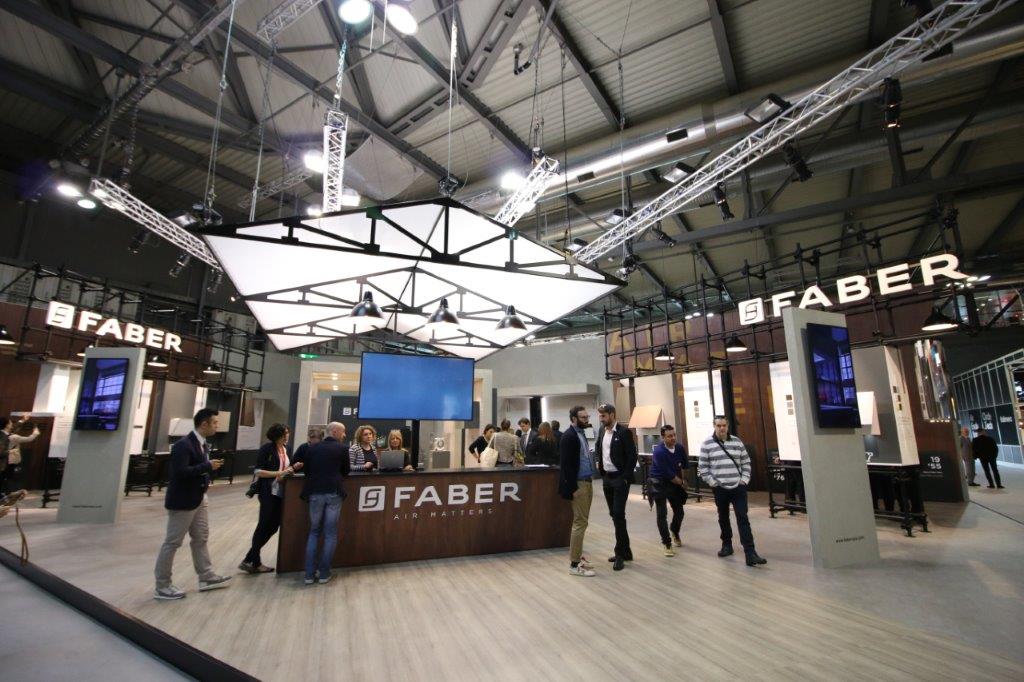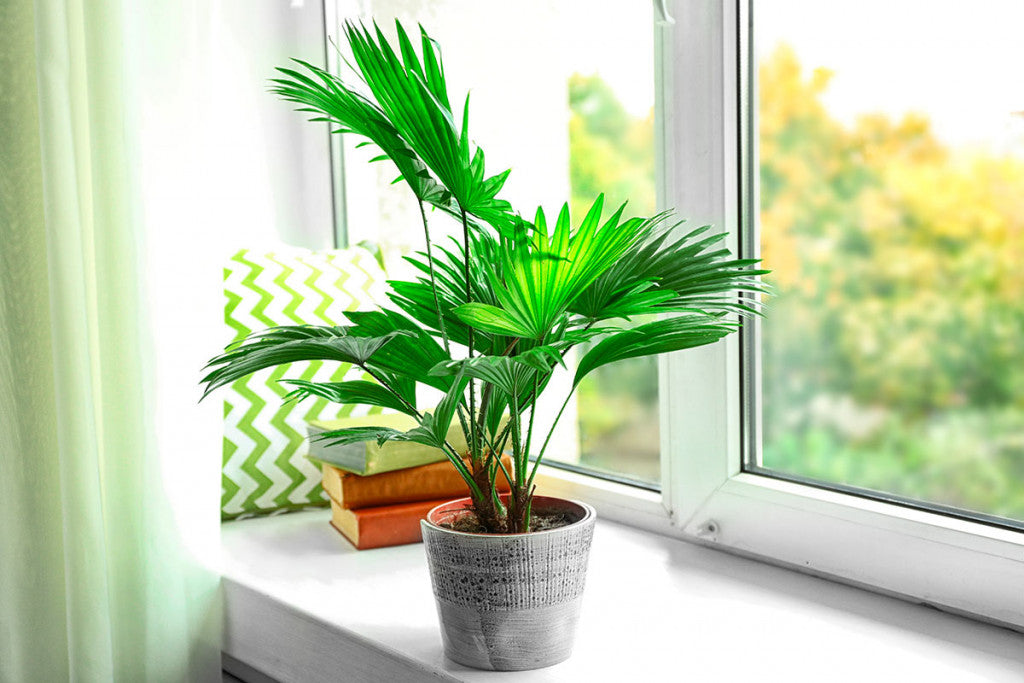Designed to purify the air in home and work environments, air purifiers remove polluting particles and pathogens that are invisible to the naked eye but can be responsible for allergies and respiratory problems. Although they share some basic elements, these devices are not all the same: the indoor purification market offers various types of products that adopt different purification systems, based on more or less effective technologies.
From ionic purifiers that capture polluting particles without the aid of a filter to purifiers with an active carbon filter designed to eliminate bad odours. From ozone air purifiers that eliminate microorganisms by releasing substances considered unsafe into the air, to the most popular HEPA filter purifiers that are considered preferable to the other types due to their technical qualities. There are many different types to choose from.
So let’s take a closer look at the distinctive characteristics of the HEPA filter, so that we can understand what benefits it can bring in terms of protecting our health and why its presence can make a difference when choosing the best air purifier for our home.
What is a Hepa filter
Standing for High Efficiency Particulate Air, HEPA is an acronym that denotes a particular high-efficiency filtration system for fluids, liquids or gases. It’s not just a coincidence that this system is defined as “absolute”, given that it is able to block up to 99.995% of polluting particles with a diameter of 0.3 microns or more, i.e. microscopic particles that cannot be identified by the human eye (consider a human hair has a diameter of between 50 and 150 microns).
Employed by scientists as early as the second world war to capture radioactive particles released during the creation of atomic bombs, HEPA filters have been regulated by UNI EN 1822 and recognised as a standard by the European Union both in household appliances and in a large number of healthcare facilities as they are able to control the spread of self-transported particles by eliminating harmful organisms such as viruses and bacteria.
HEPA filters are not all the same. According to their specific filtering capacity, they are classified in five different categories between H10 and H14: while a HEPA H10 filter is capable of holding back up to 85% of particles, H13 and H14 filters are able to block 99.99% and 99.999% of particles 0.3 microns sized. Similar to the HEPA type, ULPA (Ultra Low Penetration Air) filters have even greater filtering power, achieving a fluid filtration value of almost 100%.
How does a Hepa filter work?
The HEPA filter consists of filter sheets of microfibres and thousands of glass fibres woven together in several layers separated by aluminium septa. While the different layers are designed to block the pollutant particles in the air to be treated, the use of an air stream prevents the dust from being recirculated once captured.
Depending on the size of the particles, the HEPA filter blocks them using different methods, which, when combined, succeed in removing each contaminant:
- Interception: larger particles are physically blocked by the filter fibres.
- Impact: following only part of the current flow, medium-sized particles are trapped in the filter mesh by the impact.
- Diffusion: by bumping into each other and behaving erratically, the microparticles are slowed down by diffusion and eliminated by inertia.
The importance of keeping the Hepa filter clean
An often-highlighted point about HEPA filters is that there are disadvantages linked to maintenance and keeping the filters clean. This is because filters that are not perfectly clean can in fact be detrimental to their original purpose and create air quality issues. Therefore, it is vitally important to ensure regular maintenance of the filters as it is a crucial element to guaranteeing the best performance of the purifier over time.
The filter should be cleaned every 3 to 6 months, depending on how frequently the device is used.
HEPA filter maintenance consists of a deep cleaning process of accumulated residues, usually indicated in the instruction manual. To ensure that the purifier does its job in the best possible way, maintenance also involves a periodic replacement of the filters, generally every 8 to 12 months.

Why you should choose an air purifier with a Hepa filter
When choosing your air purifier, remember that the most reliable ones on the market are necessarily characterized by the presence of the HEPA filter as an indispensable element for optimal air treatment in confined spaces.
By capturing pollutant particles without the aid of a filter, air purifiers with ionization run the risk of the same particles re-entering the air if the device does not include a collection plate. This is avoided with the HEPA filter, as here the harmful substances are trapped in the filter plate, thus preventing them from being released into the air.
Equipped with at least two filtering systems to respond more flexibly to the different needs encountered in a home, the best purifiers have the additional component of an active carbon filter, which is extremely useful if you want to obtain maximum effectiveness even against bad odours: from smoke to pets, from cooking to household cleaning chemicals. To create an environment that is as sterile and safe as possible, the ideal solution is to choose an air purifier that, in addition to the HEPA filter, also includes the presence of Ultra Violet rays: this makes the device even more effective against bacteria and viruses, modifying their DNA to prevent their proliferation.
In this regard, although insufficient studies have been carried out to demonstrate that the installation of an advanced air purifier really is effective in terms of actual coronavirus infections, it must be said that the main studies on the effectiveness of portable air purifiers against Covid only examine devices equipped with a HEPA filter. Supporting the idea that, as they are capable of trapping airborne viruses and bacteria, they should also be able to reduce the risk of contagion in shared spaces, at least in theory.
Equipped with a HEPA filter, Faber’s Air Hub Portable uses the 4x4 Tech system that guarantees perfect air treatment and 99.99% elimination of viruses and bacteria. These excellent results are made possible by the combined effect of 4 filtering stages (Pre-Filter, HEPA Filter, VOC Filter and Activated Carbon) and the presence of 4 UVC lamps to ensure constant sanitisation of the internal filters without producing ozone. Through the combined action of the HEPA filter and activated carbons, this technology is able to act on polluting elements such as microparticles (PM10 and PM2.5) and VOC (volatile organic compounds), offering a safe, effective and ecological solution to the problem of indoor pollution.










